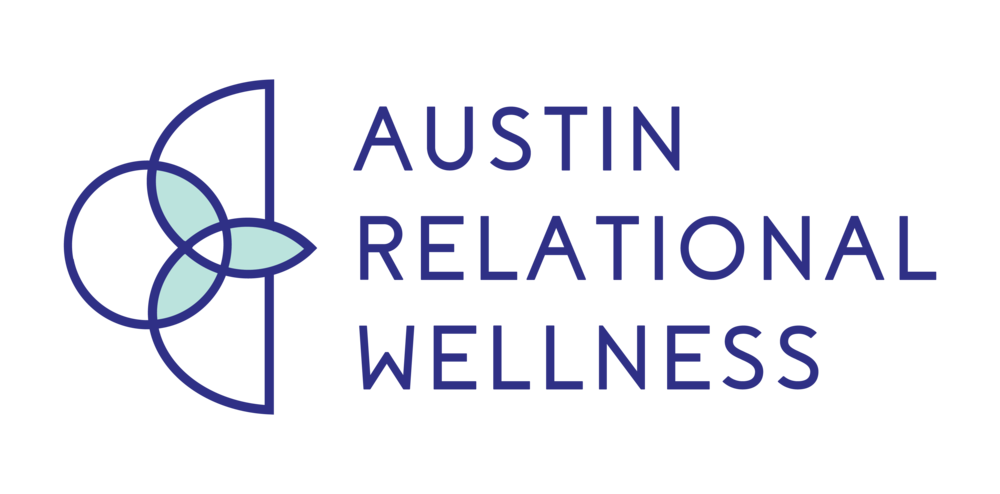Emotionally Focused Therapy (EFT) is a type of therapy that focuses on helping individuals and couples understand and regulate their emotions to improve their relationships. EFT is a couples therapy model developed by psychologists Sue Johnson and Les Greenberg in the 1980s. The model draws on attachment theory, which suggests humans have an innate need for connection and emotional bonding with others.
More about Attachment Theory
Attachment theory is a psychological theory that explains how humans form emotional bonds with others, especially during early childhood. British psychoanalyst, John Bowlby, developed the theory in the 1950s, and other researchers, such as Mary Ainsworth and Mary Main, have since expanded upon it.
The basic premise of attachment theory is that humans have an innate need for emotional bonding and security. These needs are met through close relationships with caregivers, such as parents or other primary caregivers. Bowlby believed that infants and young children develop an internal working model based on their experiences with their caregivers and that this model shapes their future relationships and behaviors.
Attachment theory suggests that early experiences with caregivers can shape an individual's attachment style and that attachment styles can change over time based on new relationship experiences. Understanding attachment theory can help build stronger relationships and improve emotional regulation and communication skills.
EFT & Attachment Theory
In EFT, couples therapists work with clients to identify and express their emotions and needs in a safe and supportive environment. Through this process, clients can gain a deeper understanding of their own emotions and their partner's, leading to increased empathy and intimacy in the relationship.
EFT is shown to be effective for a variety of relationship problems, including communication difficulties, conflict, infidelity, affair recovery, disconnection, and emotional distance. EFT has also been used to treat individual issues such as depression, anxiety, and post-traumatic stress disorder (PTSD).
How is EFT Different from other Couples Therapy Models
Emotionally Focused Therapy (EFT) differs from other couples therapy models in several ways. Here are some of the main differences:
Focus on emotions: EFT strongly emphasizes emotions and how they impact relationships. An EFT couples therapist helps clients identify and express their emotions in a safe and supportive environment, which can lead to deeper understanding and connection with their partners.
Attachment-based: EFT is based on attachment theory, which emphasizes the importance of emotional bonding and security in relationships. EFT couples therapists help clients to identify their attachment styles and work to strengthen their emotional bonds with their partners.
Short-term: EFT is typically a short-term couples therapy that involves between 8 and 20 sessions. The focus is on addressing the immediate issues in the relationship and helping clients to develop skills that they can use outside of couples therapy.
Structured approach: EFT is a structured approach that involves specific steps and interventions. The couples therapist helps clients to identify negative patterns in their relationship and works to replace them with more positive and adaptive patterns.
Involvement of the partner: EFT involves the partner in the couples therapy process, rather than just focusing on the individual. The therapist works to create a safe and supportive environment for both partners to express their emotions and needs.
Overall, EFT is a highly effective model of couples therapy and individual therapy that has been shown to be successful in treating a wide range of relationship issues. Its focus on emotions, attachment, and structured approach make it a unique and valuable tool for couples seeking to improve their relationships.
Article by Cat van der Westhuizen, LPC, LMFT
Offering Austin Couples Therapy and Individual Counseling








































































